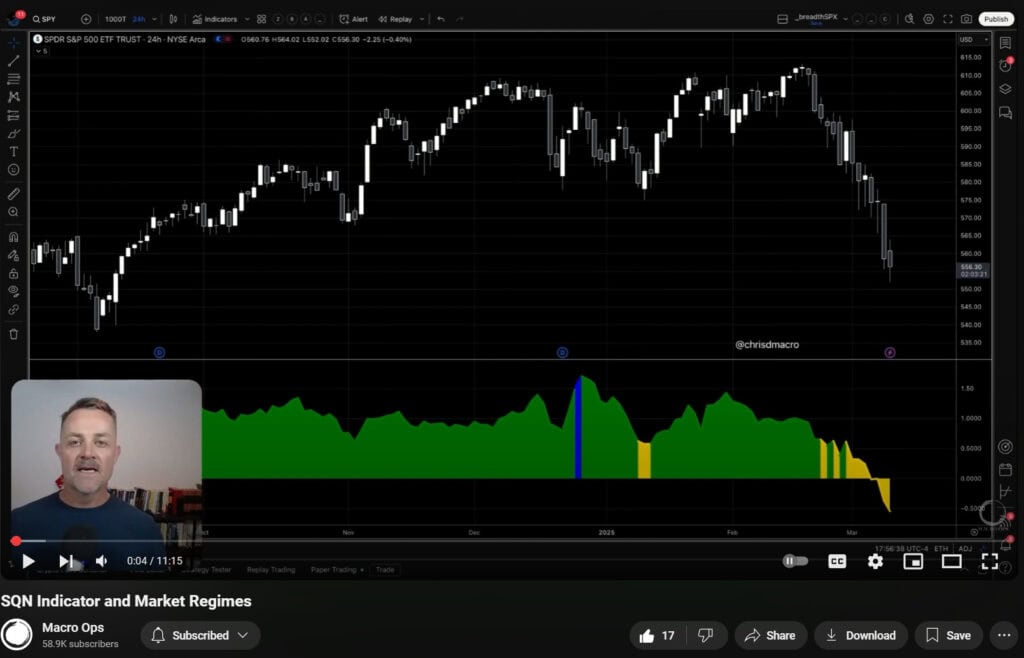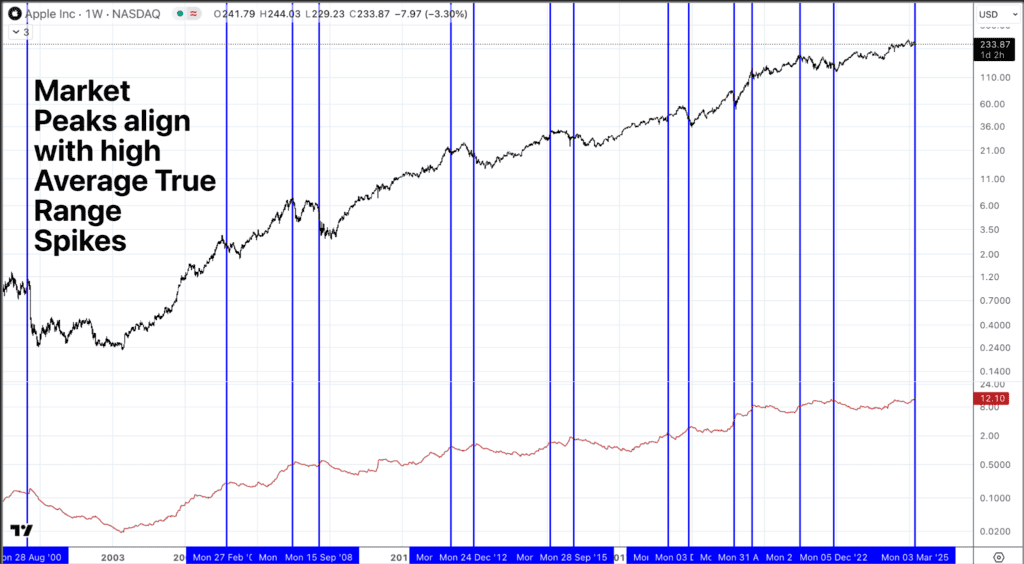Many of you loved our first edition of Weekly Accounting Breakdown. We’re stoked to hear so many readers want to learn more about accounting. This week’s lesson: Account Receivable (A/R)
If you missed last week’s email on working capital, read it here.
Also, let us know if there’s one accounting concept you want us to cover. We’d love to tailor it to your specific needs.
What is An Account Receivable?
Accounts Receivable (A/R) is money owed to a company for goods or services provided to customers without receipt of payment.
In short, you delivered the goods to the customer and they haven’t paid you yet. This is normal in business.
The goal, though, is to turn those receivables into cold-hard cash. Because this is money we’re owed, accounts receivables appear on the asset side of the balance sheet.
Lemonade-Stand Example
Let’s see what A/R looks like in real life. Say you own and operate a lemonade stand. You have plenty of business. People line up every day for your secret lemonade recipe. Most customers pay with cash or credit card.
But a select few pay with IOUs. They get to the front of line and chagrin as they “forgot their wallet”. That customer becomes an accounts receivable as soon as you give them a glass of lemonade.
You exchanged a good without receiving payment for that good.
So you wait.
Tomorrow, half of the customers who paid with IOUs pay you back in full while half remain outstanding. That cuts your A/R balance in half.
This is where things get interesting, and deeper understanding of accounts receivables comes in handy.
Why Accounts Receivables Are Important
Companies usually operate with varying levels of A/R balances. It’s not the having that’s the issue. But the duration of collection.
Think like a debtor. The longer your borrowers go without paying you, the more worried you get (i.e., increased default risk). The more you ask yourself, “will I ever get repaid?”
That same logic applies to A/R collections. The longer customers go without paying, the less likely you’ll ever see that revenue.
How To Measure Account Receivable Collection Efficiency
There’s a couple ways to gauge whether a company’s efficient in collecting receivables from their customers:
-
- Receivables Turnover (RT): Sales divided by average A/R
- Average Days Sales Outstanding (DSO): Average days sales remain outstanding
You want a high receivables turnover ratio and a low average DSO. High RT means the company spends little time collecting outstanding receivables. Concurrently, a low DSO means customers are quick to settle their credit and pay cash.
Summary: Account Receivable Signal Early Warning Signs
If a company shows signs of turmoil, you’ll likely see it in rising A/R balances and higher DSO. Before making any investment, check the A/R turnover and DSO. Make sure those trends are in your favor.







